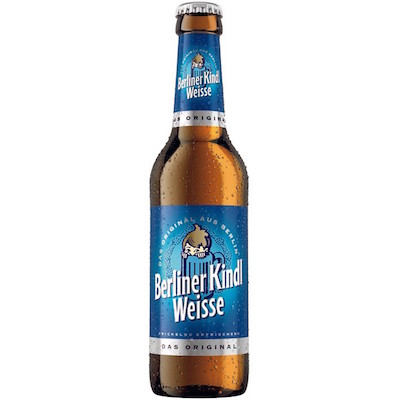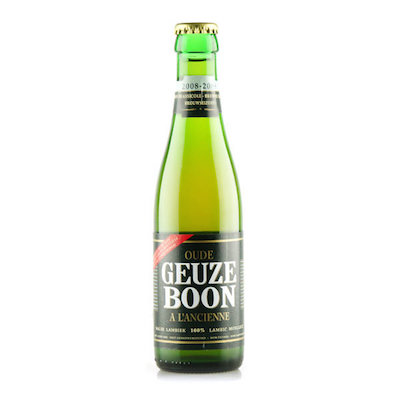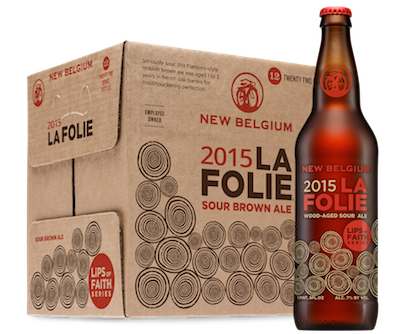Beginner’s Guide to Sour Beer
Photo via New Belgium/FacebookComplex, tart, fruity, and always interesting, sour beers are by far my favorite of all the beer styles. Maybe it’s their natural connection to their environment that draws me to them, or perhaps it’s just the flavor, but ever since I had my first taste of Duchesse de Bourgogne, my love for sours has never wavered.
Sours get their trademark tartness and sourness from bacteria and wild yeasts—Lactobacillus, Acetobacter, Brettanomyces, and other critters—that you wouldn’t find in other styles of beer. Each type of bacteria gives its own trademark flavor and aroma: Lactobacillus has a yogurt tang, Acetobacter has the sourness of vinegar, and Brettanomyces has a barnyard, earthy, or farmhouse aroma.
For some of the sour styles, the wild bacteria and yeast come into the beer during an open or spontaneous fermentation, with open vats of wort exposed to the natural air. In fact, some brewers are so scared to mess with the natural balance of their brewhouses—and consequently the flavor of their beer—that they’ll leave cobwebs hanging from the ceiling. And most recently, Brasserie Cantillon in Belgium sprayed down the walls and ceiling of their new brewhouse with liters of their beer to transfer their signature critters over.
Other sour styles don’t use open fermentation, but they do rely on the bacteria and yeast in barrels to do a similar job. As the barrels get older, the more sour the beer gets, which leads to the common practice of blending beer from several different barrels, young and old, to get a consistent beer.
The sour styles described below range from the lightly tart to the vinegary sour, and some vary in range even within the individual styles. All of them have some fruit character to them, and oftentimes sweetness is used to cut the sourness as well.
Berlinerweisse
This German beer is light, refreshing, and tart. Usually consumed in the summer, it’s light in alcohol (3% ABV or below) and has a yogurty acidity to it. As it’s a wheat beer, you may find that you can taste the bready or grainy wheat flavor, but otherwise should have a light fruit flavor and crisp, dry finish. Berlinerweisse is very light in body with very high carbonation.
If you feel adventurous and the craft beer bar has some, try it with a dash of raspberry syrup, or even with a sweet framboise (a raspberry lambic that we’ll discuss below). Another traditional mixture is woodruff syrup, but you’ll be hard-pressed to find that in the U.S.
Beers to try: Schultheiss Berliner Weiss, Berliner Kindl Weiss, Bear Republic Tartare
Lambic
Lambic is a legal appellation for the sour beers brewed surrounding Brussels. The cooking process for the mash is unique to lambics, which use 40-60% unmalted wheat and several hours of boiling. Lambic brewers also use hops that have been aged for two to three years, which takes away much of the bitterness, aroma, and flavor, but leaves the hops’ antibacterial properties.
Lambic brewers use spontaneous fermentation, which exposes the wort (that’s the liquid after it’s been boiled but before it’s been fermented) to natural bacteria and wild yeast, particularly Brettanomyces and Pediococcus. The latter can lend harsh acidity to the beer, but long wood-aging in barrels allows the harshness to mellow. This also makes blending an essential part of lambic-making. Younger (and therefore harsher) beers are blended with older beers to create the right flavor and consistency.
Lambics are sharp, acidic, and fruity. They can be compared to yogurt or vinegar but with hints of sweetness. There are also several sub-styles of lambics, which I’ll talk about below.
-

-

-

-

-

-

-

-

-

-

-

-

-

-

-

-

-

-

-

-

-

-

-

-

-

-

-

-

-

-

-

-

-

-

-

-

-

-

-

-









































